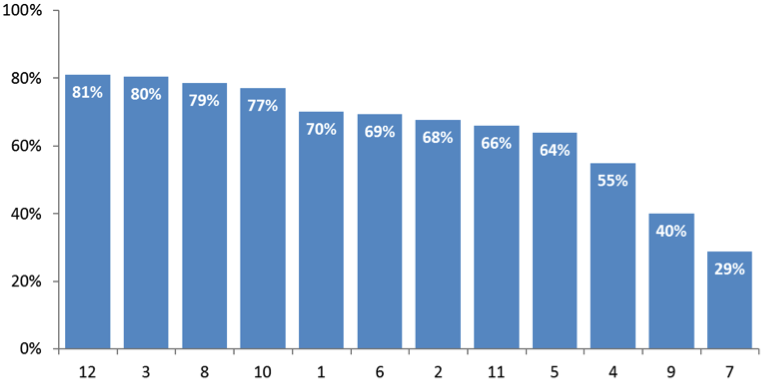Greetings fellow evaluators! We are Veena Pankaj and Kat Athanasiades from Innovation Network. Over the past few years we’ve been evaluating coalition capacity and we are excited to share our learnings with you.
Building and activating coalitions is an increasingly common strategy in the social sector, especially when working towards advocacy and policy change. Research and experience tell us that high capacity coalitions are better positioned to advance policy. So how do you measure coalition capacity?
While standard tools for evaluating coalition capacity may provide value to the sector, we advocate for situation-specific tools because of the different contexts coalitions face.
Hot Tips: Here are some tips to get started.
Step 1: Clarify the Purpose of the Assessment
Think about why you are interested in assessing coalition capacity in the first place. What is the purpose of the assessment? How is it intended to strengthen the coalition? Think critically about what information coalition members and other stakeholders will want and be able to use. A good starting point is identifying the coalition’s advocacy goals and strategies.
Step 2: Identify Specific Capacities
Given your coalition’s goals and strategies, which capacities are likely to be important? Examples of coalition capacities include coalition leadership, ability to cultivate champions, and sustainability. Your coalition’s capacity categories may be similar—or they may be very different. Identifying these capacities will help frame your coalition assessment tool.
Step 3: Involve Stakeholders in the Assessment and Vetting Process
Involving stakeholders who are knowledgeable about the context and the work of the coalition is critical to the overall vetting process of the tool. Which individuals—internal and external to the coalition—have a valuable perspective? Who should be engaged throughout the assessment process to build buy-in and support?
Step 4: Share Assessment Results in a Variety of Formats
Make the data actionable. This involves reporting relevant information back to key stakeholders in a meaningful way. Figure out who needs which information to learn, adapt, and improve. Return the results in weeks rather than months or years.
Here are some examples of charts we used to communicate coalition assessment results to various stakeholders:
Assessment may uncover differences of opinion between technical assistance providers and coalition members.
You can analyze responses across coalitions. Each column in the above chart is a coalition’s average score across capacities.
A deeper dive shows differences in how capacities are scored in one coalition.
Rad Resource: Want to learn more about coalition assessment? Look no further! Check out our hot-off-the-press white paper, Coalition Assessment: Approaches for Measuring Capacity and Impact.
Rad Resource: Jared Raynor’s What Makes an Effective Coalition will give you more ideas about important coalition capacities.
Do you have questions, concerns, kudos, or content to extend this aea365 contribution? Please add them in the comments section for this post on the aea365 webpage so that we may enrich our community of practice. Would you like to submit an aea365 Tip? Please send a note of interest to aea365@eval.org . aea365 is sponsored by the American Evaluation Association and provides a Tip-a-Day by and for evaluators.



